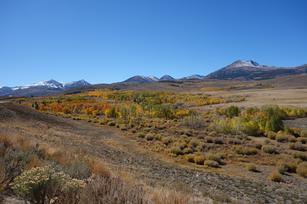Continuing in the spirit of all things fall it's prime time to plant tulips and other spring blooming bulbs, If you're like me and have squirrels scampering up every tree, checking out planting beds and planters for choice acorn planting spots, you are undoubtedly aware of how difficult it is to keep them from digging up and eating the bulbs. Yes you can plant the bulbs surrounded by chicken wire or hardware cloth but there's an easier way that's just as effective.
Dig the hole and plant the bulb as you normally would, but instead of caging it, cover the bulb with poultry grit, which is make up of crushed granite, shale or oyster shells and is available at feed stores. The squirrels don't like trying to dig through the sharp grit and quickly give up.
Next spring if they have the nerve to eat the flower buds right when they emerge from the soil you might just have to plant the types of bulbs that squirrels won't eat such as daffodils, snowdrops, chionodoxa, hyacinth or fritillaria.
It's also time to plant a cover crop in your vegetable garden to improve production next year. Fall cover crops include legumes such as fava beans, peas, vetch and clovers which germinate and grow quickly but not so fast as to harm late season or overwintering vegetable crops. Oat grass can be sown to hold the soil and protect it from erosion.
Cover crops also protect the soil from pounding winter rains which compact the soil surface and leach out nutrients. They are thick enough to choke out emerging weeds and their root systems break up and aerate hard soil. Members of the pea family gather nitrogen into their roots to further benefit the soil.
In the spring you can tun the cover crop into the soil and allow it to decompose in place or pull the plants and compost them separately. That way you can plant right away and add the compost back into the garden later when it has finished decomposing.
Seeds germinate best when the soil is in the 50 degree range so don't delay.

